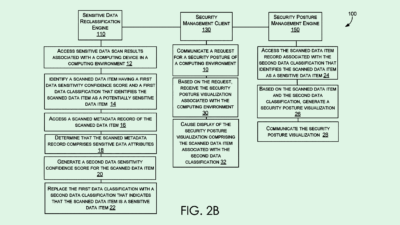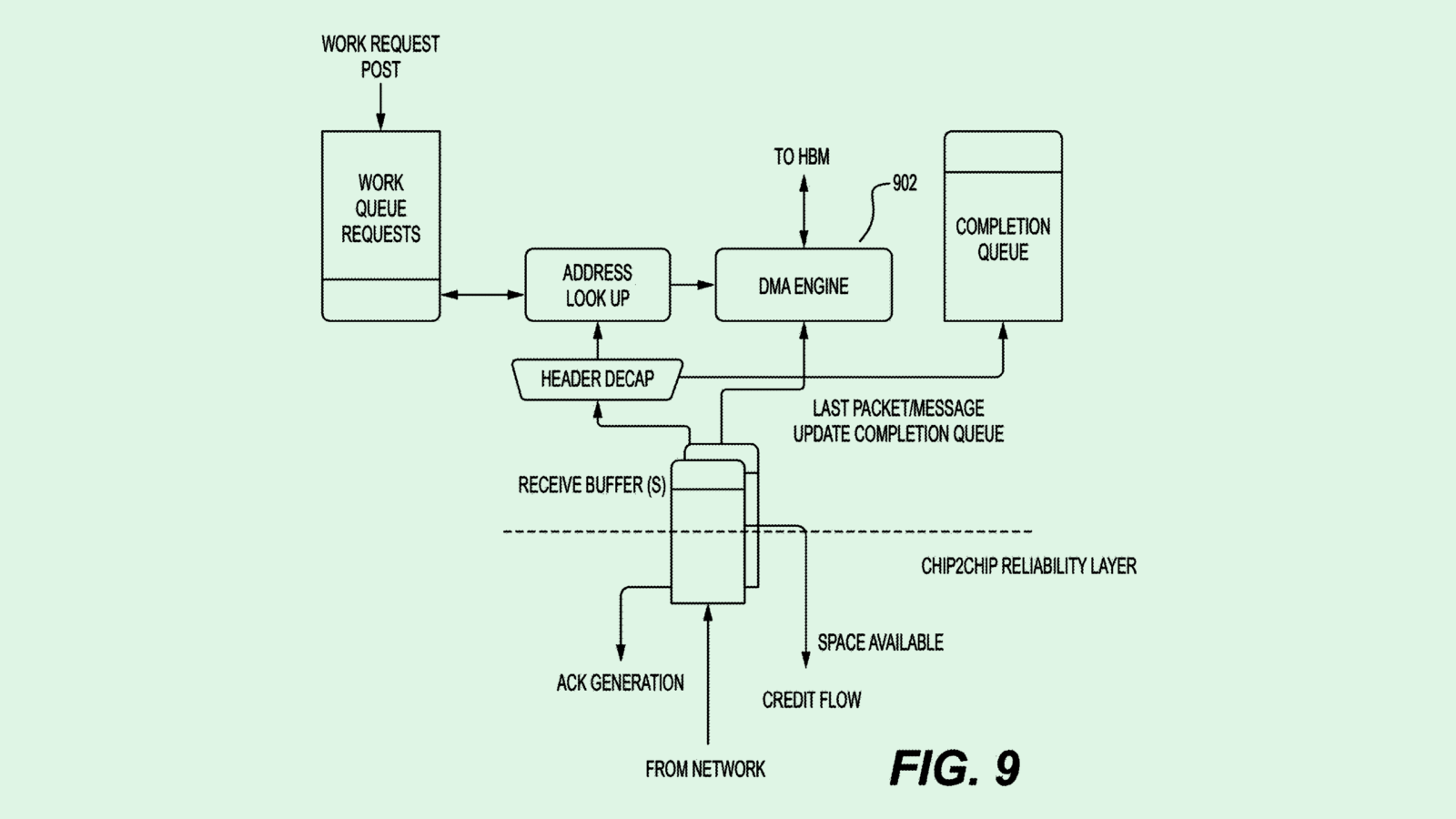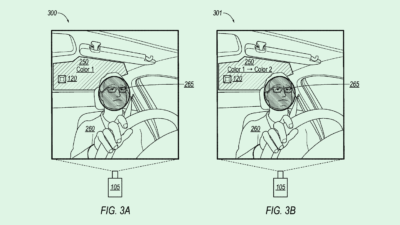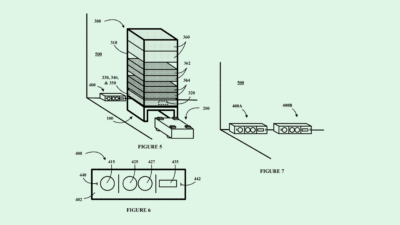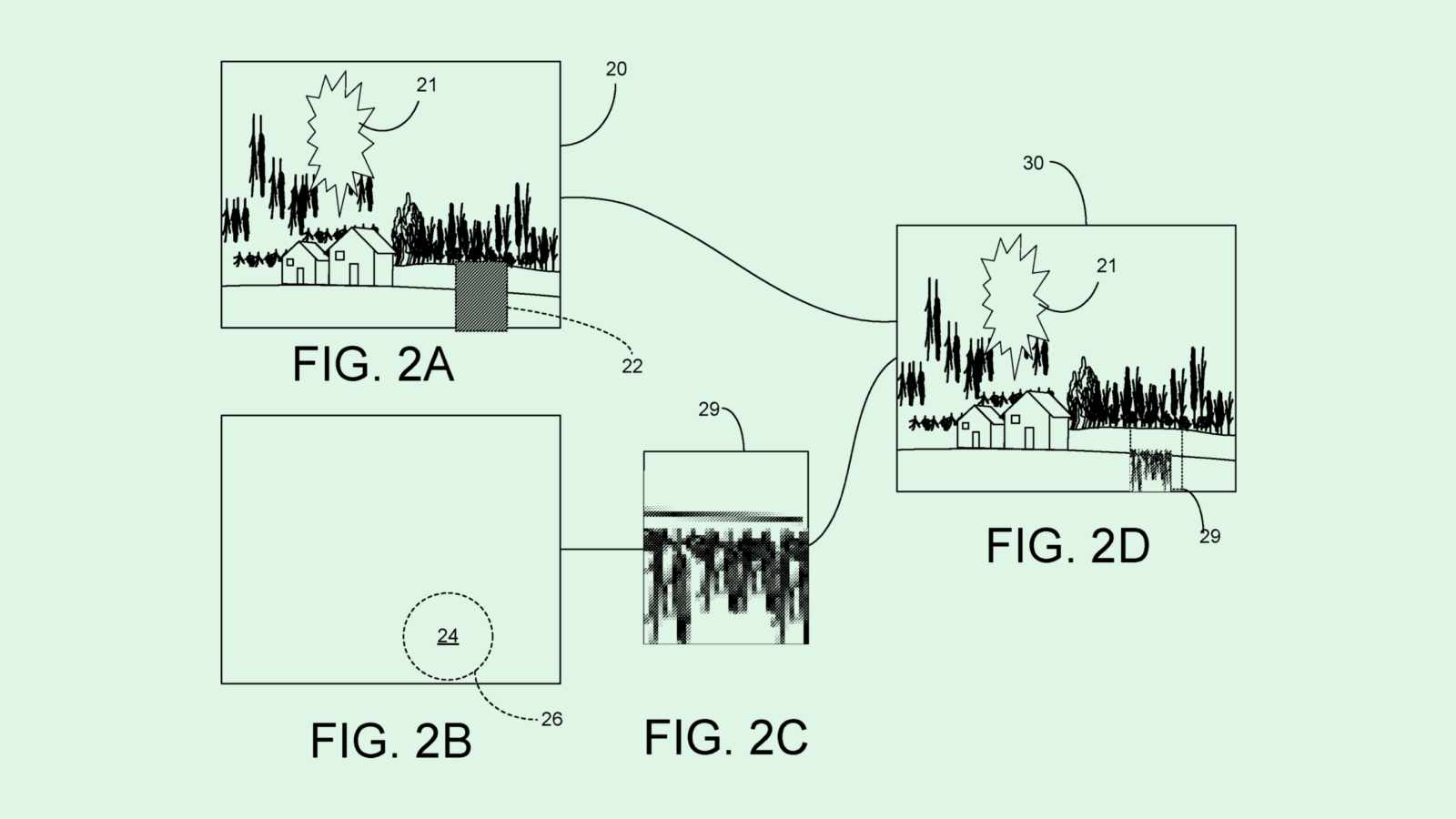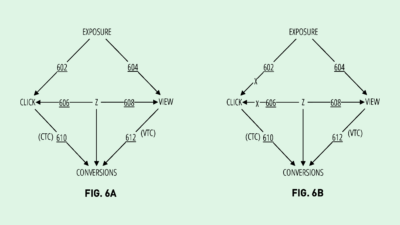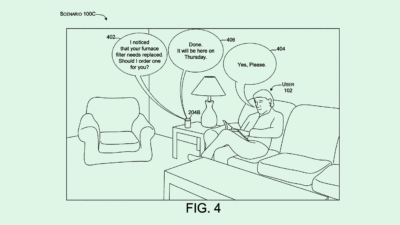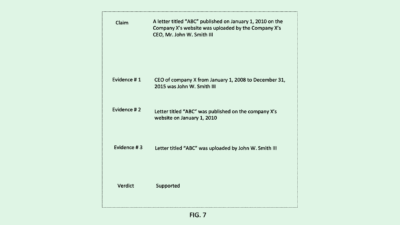Airbnb Maps Out Your Home (plus more from Microsoft & EA)
3D maps for Airbnb hosts, Toxicity detection in organisations by Microsoft, & more
Sign up to uncover the latest in emerging technology.
3D maps for Airbnb hosts, Toxicity detection in organisations by Microsoft, & more
1. Airbnb – 3d maps of homes for hosts

Airbnb have been thinking about how to improve the process of hosts listing their properties for bookings on the platform.
Given the importance of images for helping users decide which accommodation to book, there is a serious issue of hosts uploading bad or misleading photos. Bad photos can reduce the likelihood of a potential user making a booking when coming onto Airbnb, while misleading photos can lower the likelihood that a user comes back to Airbnb after a negative experience.
As Airbnb is a two-sided marketplace, the platform benefits from having more hosts listing their accommodation and generating bookings. This creates more diversity of places for users to choose from, greater room capacity for any location on any given day, and greater price competition to keep accommodation affordable for guests.
One method Airbnb have historically used to address this issue is matching hosts with professional photographers to ensure high quality listings. However, this is both expensive and unscalable.
In this filing, Airbnb have described an app that enables potential hosts to scan their entire accommodation quickly in order to take high-quality photos, create a 3D reconstruction of the listing, and detect amenities in the images (e.g. microwaves, ovens, dishwashers etc.).
After hosts have scanned out their accommodation, Airbnb’s app will list out all of the amenities detected and either ask hosts for more information (e.g. Is this sofa a pull-out sofa or not?), make suggestions on how to improve the listing (e.g. you should provide cutlery for more people), and maybe even suggest specific sections of the house for taking photos.
With a 3D reconstruction of the listing, users will be able to literally walk through and explore accommodations they’re interested in. This would hopefully create a sense of trust in the listings. Airbnb could verify via GPS that the video was taken in the location mentioned in the listing, and give a stamp of verification to listings that are made through the scanner app.
Moving beyond Airbnb, the issues of trust and verification are significant in any P2P marketplace. Earlier in the year, I was consulting a company in this space and suggested creating a video-tool for sellers that would make it harder to fake listings, while also ensuring an easy-enough process for sellers to create new listings.
2. Microsoft – Toxicity Detection for workplaces

No pretty picture here, but let me explain.
Microsoft have been thinking about how to parse through employee responses to company surveys and identify any answers that may allude to toxicity in the workplace.
For large organisations, having the HR team individually go through each of the responses to find instances of workplace toxicity is a laborious task. Microsoft want to make this process faster.
To make this work, Microsoft will create a list of toxic keywords. This will be done by looking at examples of toxic comments (presumably labelled by humans in a training process) and examples of non-toxic comments, and finding keywords that appear in significantly higher frequency in the toxic dataset.
If survey comments then contain one of these toxic keywords, the survey comments will be flagged for HR to dig into further.
Given toxicity can vary from context to context, organisations will be able to remove or adjust the toxic keywords.
On the one hand, employee surveys are useful sources of information for being able to detect instances of people being rude, abusive, insulting, hateful, disrespectful, or any other behaviour that could negatively affect employee engagement. By flagging these instances, HR could more efficiently identify and resolve toxic workplace behaviour.
On the other hand, there is nothing stopping Microsoft being able to deploy this technology in contexts outside of user surveys. For instance, any written conversations in Microsoft Teams could be analysed for toxic behaviour. Video conversations that take place in Teams could also be analysed for toxic behaviour, by analysing transcripts from these conversations.
As offices move to a remote way of working, workplace toxicity will undoubtedly manifest in new ways online, and Microsoft may be looking to empower HR teams to more proactively identify and deal with any potential instances of toxicity.
But this patent alludes to an interesting question: is it okay to sacrifice individual privacy in order to more proactively identify and deal with instances of workplace toxicity? For example, would a private message between two employees be out of bounds for detecting toxic behaviour? Does individual privacy exist in a workplace? Is it okay to sacrifice workplace privacy in order to minimise toxic workplace behaviour?
3. EA – automated player sponsorships

EA (Electronic Arts) is a video games company behind the FIFA football games, the NBA Live games, the Madden Football games, and more. They’re publicly listed with a market cap of $37.3 bn.
This patent filing shows that EA are looking into creating an automated system that pairs sponsors with players, and integrates sponsors’ advertising directly into the gameplay so that it gets embedded into streams on Twitch, YouTube and others.
Sponsors could be integrated into the gameplay in different ways. One method could simply consist of the sponsor’s logo being overlaid over a portion of the screen. More interestingly, EA describe another method where sponsors could overlay their advertising on virtual objects within the game. For example, Nike could sponsor a player by designing clothing for their virtual avatar.
To help make the sponsorship process easier, EA will enable sponsors and players to set their own sponsorship criteria. EA will then either present sponsors with a list of possible players to send a sponsorship request, or the sponsorship process will be fully automated once there’s a match.
For sponsors, their criteria of players to sponsor could be based on the games being played, a player ranking, average playtime, social media / game statistics (e.g. number of followers & average viewers), gender, location, whether they’re a rising star etc.
On the other side of the equation, players will be able to outline how they would prefer to incorporate sponsorship criteria.
This is an interesting move by EA as it looks to open up the sponsorship possibilities for players streaming their games online. At present, game developers benefit from game streaming in terms of promotion (and in turn sales) and community (i.e. creating more reasons for people to come back and play a game). However, a lot of these game producers see no value from the sponsorship revenue being generated by these streamers.
By setting up a sponsorship platform, EA could in theory grow the gamer sponsorship market. Players could benefit from more sponsorship opportunities and easier discovery. Sponsors can benefit from being able to work with gamers in an easier, more streamlined way. And in turn, EA could financially benefit from either taking a cut from the sponsorships, or simply charging sponsors to get access to the matching platform.
More broadly, the convergence of gaming and movies for entertainment value presents interesting financial opportunities. Product placements in movies have been a lucrative source of revenue for movies – for example, James Bond’s Skyfall is reported to have made $45m in a tie-up with Heineken. Gaming has the opportunity of providing an infinite canvas for customisation and personalisation for sponsorships and advertising. At the very least, EA’s patent filing indicates that this is an area of interest for gaming developers.
Before you leave…
You may have noticed the sponsorship with Public at the beginning of the newsletter! If you’re interested in sponsoring the newsletter and getting your company in front of people interested or investing in the future, hit reply to this email for more details 🙂
If you want to check out the full list of Patent applications from last week, click here
If you have any friends or colleagues who would be interested in the newsletter, please forward this onto them!




